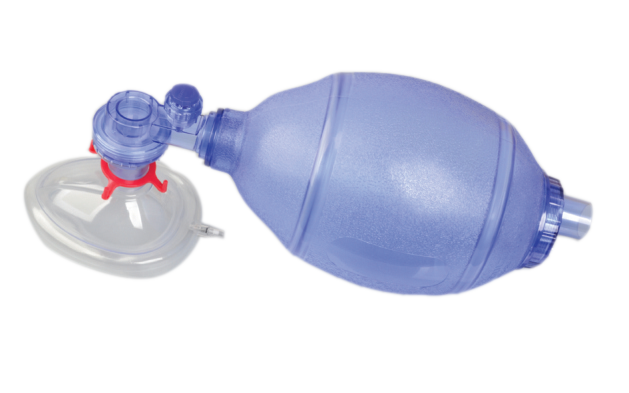
PVC resuscitator is a new pulmonary ventilator designed to improve the care and outcomes of infants, children and adults with respiratory failure.
PVC resuscitator is intended for neonates through to adult. It has a number of features that make it unique, such as allowing patients to be ventilated with less energy than traditional ventilators, providing better lung protection and increasing the chances of successful weaning from mechanical ventilation.
| Ref. No.: | Size: |
|---|---|
| NMR103107 | Aduit |
| NMR103109 | Children |
| NMR103111 | Infants |
PVC resuscitator is a new pulmonary ventilator designed to improve the care and outcomes of infants, children and adults with respiratory failure.
PVC resuscitator is intended for neonates through to adult. It has a number of features that make it unique, such as allowing patients to be ventilated with less energy than traditional ventilators, providing better lung protection and increasing the chances of successful weaning from mechanical ventilation.
A PVC Resuscitator is a device that is intended for pulmonary resuscitation for neonates through to adult patients. PVC Resuscitators are often used in hospitals and clinics, as they are lightweight and easy to use. They are also versatile, as they can be used to provide ventilation and oxygenation to patients during CPR.
A PVC Resuscitator is a life-saving tool used to provide respiratory support to neonates through to adults. It provides an effective and efficient way of providing ventilation and oxygenation, which can help to save lives.
One of the key benefits of using a PVC Resuscitator is that it is easy to use. It is compact and lightweight, so it can be easily transported and placed wherever needed. This means that it can be used in difficult or inaccessible areas, making it a valuable tool for paramedics and first responders.
Another benefit of using a PVC Resuscitator is that it is affordable. This means that it can be used by hospitals and other medical facilities without wasting money on expensive equipment. In addition, PVC Resuscitators are durable, so they can withstand frequent use.
Overall, PVC Resuscitators are an effective and affordable way of providing respiratory support to neonates through to adults. They are easy to use, portable, and durable, making them a valuable tool for paramedics and first responders.
A PVC resuscitator is a life-saving device that works by providing supplemental oxygen and ventilation to a patient who is not breathing. When NOT breathing, the brain can become deprived of oxygen and die. The PVC resuscitator uses a tube to deliver air and oxygen directly to the lungs, helping to reoxygenate them and keep the brain alive.